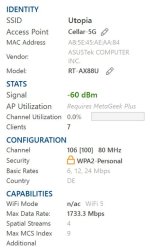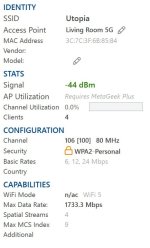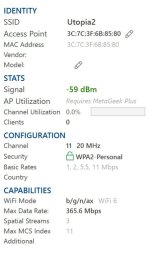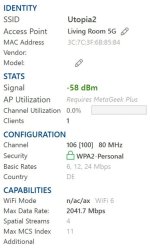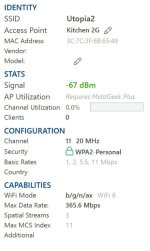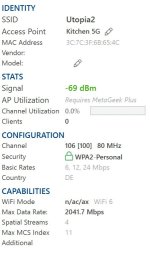Reading this thread makes it very clear that most on here are not network engineers. This is advice for those of you that are not network engineers:
- Manufactures spend considerable time determining the default settings they ship a product with. Furthermore, every time there is a firmware update, the QA team will test using the default settings and some other ones that the support team has found to be commonly used.
- When you change a setting, it should be done because something is not working well. Furthermore, you should understand what the setting dose and why changing it will correct the problem.
- Any time you make a setting change you should document this change in your device notes with a time stamp and comment why you made the change
- Don't make any changes till you are confident that the change you made has corrected the problem and you are confident that there are not unwanted side effects
- If the problem is not corrected or there are side effects back the change out and make a note in your device notes
- Making a device run a little faster is cool yet if it takes moving away from the defaults, you are exposing your network to a possibly untested configuration
- 160 wide channels sound twice as fast as 80 wide, even under the best conditions throughput will not reach double that of 80 wide and in fact is more likely to be 10 to 20% faster and there is a good chance that it will be slower! This is because you are increasing the chance of interference. Also, 160 wide requires DFS and this means the 5-Ghz channel must listen before transmitting. Furthermore, should the AP (router) or client hear weather radar or aircraft weather radar it must stop transmitting on that channel. This frequently causes drops.
- Auto channel will help avoid your AP sharing a busy channel. Fixed channels will avoid client drops when the channel changes. Not all clients will drop if the AP changes the channel. Chose your pain point.
WiFi is complicated and there are a huge number of possible configurations made even larger because this is true for both the AP (router) and the client. The further you move from the default settings, the more likely you will have problems.
My router is the same RT-AX86U that others are having issues with. I run 80 wide as I'm near an airport. I use auto channel and while my channel sometimes changes, none of my clients drop there connection.
Be smart, defaults are your friend.


